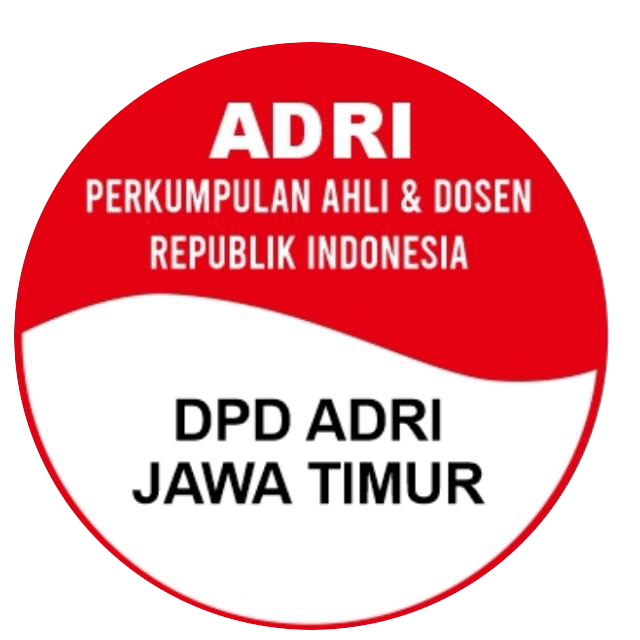The Legal Framework Construction For Regulating Non-Judge Mediators Outside The Court
DOI:
https://doi.org/10.55173/yurisdiksi.v21i2.308Abstract
This thesis discusses the basic legal construction of the regulation of non-judgmental mediators outside the court, with a focus on the incompleteness of the regulations in Articles 4, 11, and 36 of Supreme Court Regulation (Perma) No. 1 of 2016. These provisions do not adequately regulate the position, authority, and responsibilities of non-judgmental mediators, thus creating legal uncertainty and potentially weakening the legitimacy of non-litigation mediation results. This study aims to answer two research problems: (1) the urgency of establishing legal regulations regarding non-judgmental mediators outside the court; and (2) the appropriate basic legal construction for the regulation. The research method used is normative juridical with a statutory, conceptual, and comparative approach. The results of the study indicate that the urgency of establishing new regulations lies in the need to guarantee legal certainty, strengthen the position of mediators, and increase the effectiveness of mediation as an alternative dispute resolution. Based on Gustav Radbruch's theory of legal certainty, the current regulations do not fulfill the principle of legal certainty. Therefore, it is necessary to amend Articles 11 and 36 of Perma No. 1 of 2016, which covers the qualifications, legal status, accreditation, supervision, code of ethics, and accountability of non-judge mediators. This construction is based on Singapore's Mediation Act 2017 and analyzed using Maria Farida's legal theory. This proposal is expected to provide legal certainty and strengthen the non-litigation mediation system in Indonesia.
References
Aditya, M. (2024). Kedudukan Mediator Dalam Mediasi Sengketa Perceraian Di Pengadilan Agama Semarang. Universitas Islam Sultan Agung Semarang.
Afifa, S. K. (2023). Keberhasilan Mediator Non Hakim Dalam Mediasi Pada Perkara Perceraian (Studi Di Pengadilan Agama Batang Dan Pengadilan Agama Pekalongan Tahun 2021-2022). UIN. KH Abdurrahman Wahid Pekalongan.
Aibak, K., & Musonnif, A. (2019). The implementation of supreme court regulations number 1/2016 concerning the procedure of in-court mediation on economy sharia dispute (a case study in blitar religious court). Regulation, 9(2).
Chakim, M. L. (2019). A Comparative Perspective on Constitutional Complaint: Discussing Models, Procedures, and Decisions. Const. Rev., 5, 96.
Feng, X. (2001). A Review of the Development of Marriage Law in the People’s Republic of China. U. Det. Mercy L. Rev., 79, 331.
Fuchs, R. F. (1939). The Formulation and Review of Regulations under the Food, Drug, and Cosmetic Act. Law and Contemporary Problems, 6(1), 43–69.
Handayani, D., Ilyas, M., & Kuncoro, T. (2023). Analyzing Legal Ramifications for Auction Winners: A Case Study of Bekasi and Makassar Court Decisions on Auction Cancellations. Unnes Law Journal, 9(2), 441–466.
Hartawan, I. E., Handayani, P., & Bhakti, R. T. A. (2024). Legal Foundations and Implications of Civil Deeds of Settlement in the Indonesian Legal System. Lex Publica, 11(1), 1–19.
Marzuki, M., Abidin, A., & Malarangan, H. (2021). Effectiveness of The Implementation of Supreme Court Regulation Number 1 Year 2016 on Divorce Settlement. Islamic Law And Society, 2(2), 35–45.
Nawangsari, R. P. (2025). Evolution of SEMA 2002 to PERMA 2016: Mediation and its Function in Family Problem Solving. Al-Hurriyah: Jurnal Hukum Islam, 10(1), 34–54.
Poniatowski, P. (2018). Gloss on the Supreme Court ruling of 19 January 2017, I KZP 11/16 (with reference to the Supreme Court judgement of 21 June 2017, I KZP 3/17). Ius Novum, 12(4), 160–176.
Sarda, M. (2016). Access to Non-Judicial Justice: Need for Changes in the Existing Legal Frame-Work. Available at SSRN 2758026.
Downloads
Published
Issue
Section
License
Copyright (c) 2025 Azahra Hajar Gautama, Reka Dewantara, Hamidi Masykur

This work is licensed under a Creative Commons Attribution-ShareAlike 4.0 International License.












